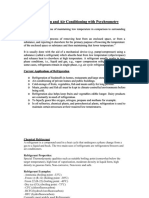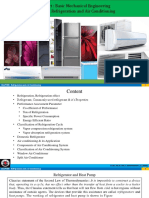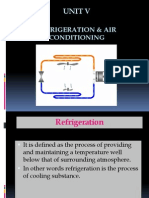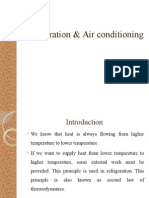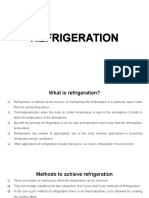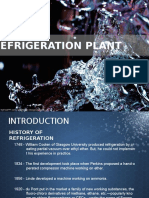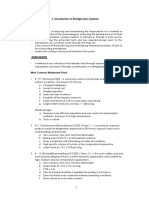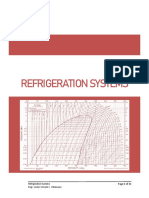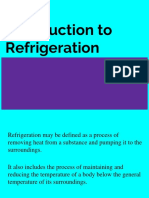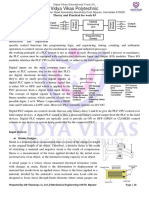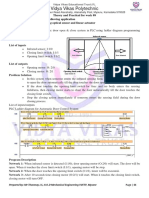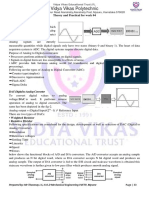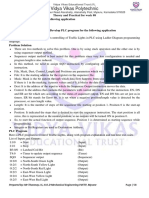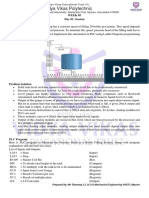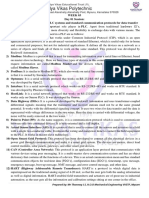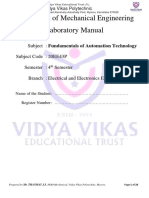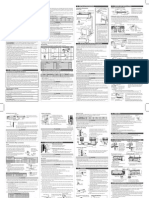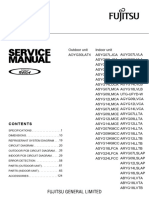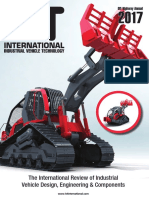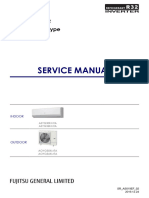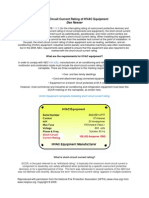0% found this document useful (0 votes)
48 views16 pages21eme15 Module 03 Notes
The document provides an overview of refrigeration and air conditioning principles, including the refrigeration cycle, types of refrigeration systems, and commonly used refrigerants. It also covers power transmission methods, focusing on mechanical systems like belt drives and gear systems. The notes are prepared by Mr. Thanmay J S, an Assistant Professor at Mysore University School of Engineering.
Uploaded by
Thanmay JSCopyright
© © All Rights Reserved
We take content rights seriously. If you suspect this is your content, claim it here.
Available Formats
Download as PDF, TXT or read online on Scribd
0% found this document useful (0 votes)
48 views16 pages21eme15 Module 03 Notes
The document provides an overview of refrigeration and air conditioning principles, including the refrigeration cycle, types of refrigeration systems, and commonly used refrigerants. It also covers power transmission methods, focusing on mechanical systems like belt drives and gear systems. The notes are prepared by Mr. Thanmay J S, an Assistant Professor at Mysore University School of Engineering.
Uploaded by
Thanmay JSCopyright
© © All Rights Reserved
We take content rights seriously. If you suspect this is your content, claim it here.
Available Formats
Download as PDF, TXT or read online on Scribd
/ 16















